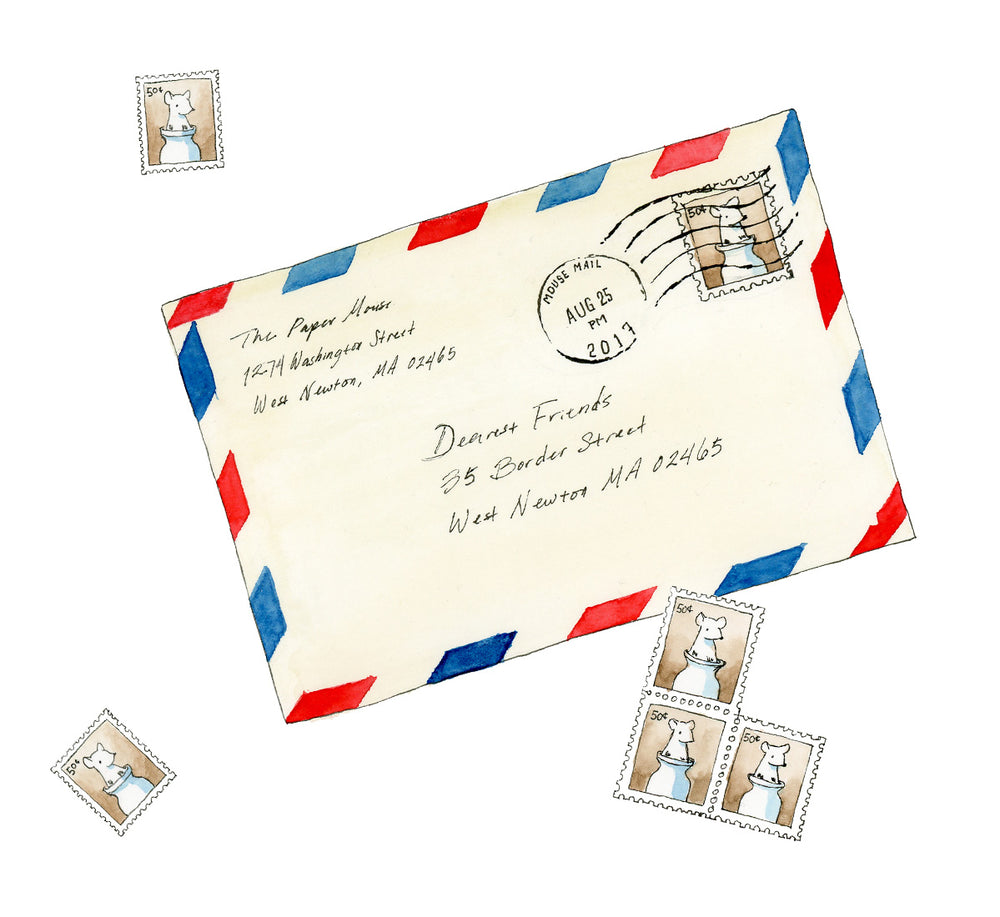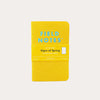Keeping a Garden Journal

When we think of garden tools, the first things that come to mind are trowels, spades, garden forks, clippers, and so on. Another wonderfully useful tool that’s easily overlooked is a garden journal. A journal helps gardeners keep track of their trials, successes and failures, their harvests, and their plans for the future, making it easier to respond to the garden’s growth in future years and creating a record of the garden’s history.
Thinking about starting a garden journal? Here are some ideas for how this tool can help you out in the garden.
Tracking Dates
Include a calendar in your garden journal to help you remember important dates during the growing season and at other times of year. You can use it to make note of frost dates for your growing zone, as well as dates for starting seeds indoors, planting, pruning, and other maintenance, so you can anticipate what you’ll need to do and set aside time.
The calendar is also a data collection tool that can help you anticipate when flowers will bloom or when you can expect to harvest fruits and veggies. Make a note of when the plants in your garden bloom and ripen this year, and record the dates on next season’s calendar so you’ll know what to expect.
You can also use the calendar to record the weather throughout the season, like precipitation amounts, sunshine, and frosts, to get a better understanding of your plants’ successes and setbacks from year to year.
Garden Mapping
Sketching your garden’s layout is another helpful way to keep track of its progress over time. Draw a map of your garden, making note of the different plants in each bed. In future years, your map can help you track crop rotations and remember what you’ve planted where, as well as reminding you which plants are successful in which locations.
You can also use your map to track the amount of sunlight the garden gets at different times of year. Over the course of a day, take note of where the sunlight falls in your garden, then use colored pencils to shade in which areas get full sun, partial sun, and shade.
Maintenance Notes
There’s a lot to keep track of in the garden: planting, fertilizing, mulching, weeding, pruning, pest control, soil quality . . . the list goes on and on. Keeping a log of your daily observations and your daily work in the garden creates a trove of useful information in future years.
Did you have success with a particular kind of mulch last year? How did you combat those slugs a few seasons ago? How did you amend the soil in the vegetable patch? Take regular brief notes on your garden maintenance to help you recall what you’ve tried, what worked, and what you’ll want to try in the future.
Plant Information
Your garden journal is also a great place to keep notes on the individual plants in your garden. Jot down which varieties you planted, what you liked and what flourished, notes on the care of a particular plant, and pests or diseases it may be susceptible to.
If you grow fruit or vegetables, you can make a note of favorite recipes you’ve made with your bounty, and how much you harvest each year. If your journal has a pocket or pouch attached, you can even use it to hold seeds for next year.
What Kind of Notebook To Use
There’s no right or wrong journal for gardening notes. Some gardeners use binders that they can add pages to, while others prefer a plain notebook that’s easy to carry around. However, we find that some notebooks lend themselves especially well to use in the garden. Here are a few we recommend.
Traveler’s Notebooks can be customized with different types of refills, which means they work very well for a garden journal that serves multiple functions. We suggest combining a calendar refill for tracking dates, a graph paper refill for drawing maps and charts, and a lined refill for making notes on garden maintenance and plant varieties. You can also add a zipper pouch to your notebook for storing seed packets.
If you have to choose between a plain, lined, or gridded notebook for your garden journal, we recommend a grid. Graph or dot grid notebooks are very helpful when it comes to drawing maps of your garden, and can also help you draw your own calendars, weather trackers, and other charts - plus they’ll help you write in a straight line when it’s time to take notes.
Another option to consider for your garden journal is a notebook with waterproof pages. A garden journal is more vulnerable to the elements than most journals. Waterproof paper will help protect your notebook from the elements if you’re carrying it around with you outside.
If you prefer a small memo book you can carry in your pocket, rather than a larger, more formal journal, Field Notes are made for the task—after all, they have their roots in agricultural memo books. These little notebooks are great for jotting down a line or two about the work you did in the garden each day.
If you want to add a calendar into your notebook, these fill-in calendar stickers are an easy way to do it without having to draw your own. Just stick them into the pages of your garden journal to keep track of important dates.








Leave a comment